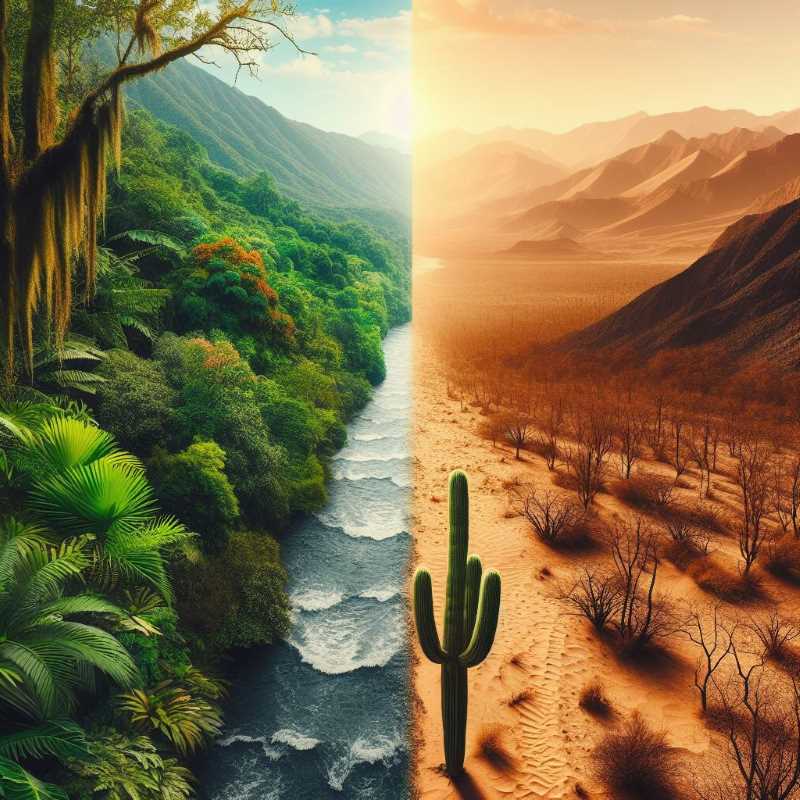A Looming Day Zero for Mexico's Water Supply
Mexican cities face a “Day Zero” with dry taps due to overuse and pollution. Uneven water distribution and reliance on distant sources worsen the crisis. From thirsty farms to sinking cities, water scarcity threatens life itself. Can Mexico innovate and conserve to avoid a parched future?

Imagine a city, once vibrant, reduced to a parched husk. Faucets sputter, gardens wither, and a growing unease hangs heavy in the air. This isn't a scene from a dystopian novel; it's the chilling reality of “Day Zero” – the day a city's water supply runs dry. For Mexico, this day might not be a distant threat, but a looming specter on the horizon.
Dr. Mario Hernández Hernández, a researcher at the National Autonomous University of Mexico (UNAM), paints a stark picture. Our cities, he warns, are teetering on the edge of a water crisis. Years of relentless extraction have left the ground beneath us sinking, a metaphor for our dwindling water reserves. Mexico City, the sprawling metropolis at the heart of the nation, is ground zero for this crisis. Years of drought have choked the traditional supply systems, leaving the city thirsting for a solution.




